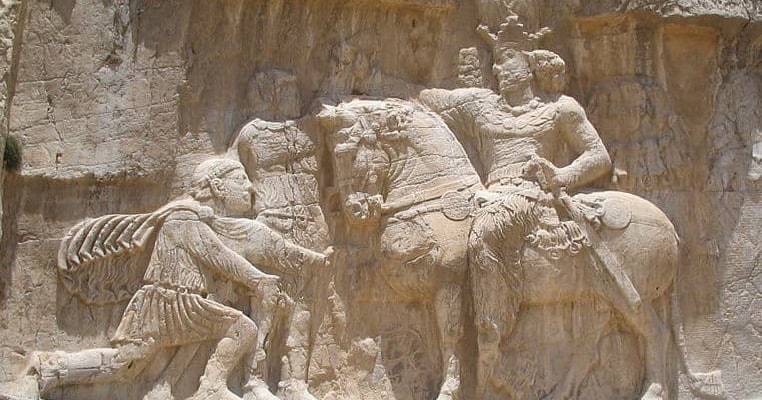In the 21st century, there is often a lamentation about the perceived leniency of sentences handed out to criminals. Even murderers can receive a fairly light sentence in comparison to the severity of the crime. There were no such issues in the ancient world where criminals were punished brutally. The ancient Persians were believers in justice; they seldom executed anyone for a first offense unless it was a crime such as treason. However, if you were condemned to death in Persia, chances were, it would be a long, drawn-out and painful affair. The Persians utilized some dreadful methods of execution; here are 8 of the worst.
1 – The Skin Chair
In the modern era, if someone in the public eye is actually convicted of bribery, there’s a fair chance he/she will escape prison let alone any extreme form of punishment. They should be grateful they didn’t live in ancient Persia, or else they would suffer the gruesome fate of Sisamnes, a Persian judge caught taking a bribe and delivering an unjust verdict.
Unfortunately for Sisamnes, King Cambyses II of Persia from 530 BC- 522 BC, son of Cyrus the Great, wanted to make an example of the corrupt judge to ensure his successor would not make the same mistake. In Ancient Persian society, honesty was a virtue and considered to be a trait of the utmost importance. Indeed, getting caught in a lie was a crime punishable by death.

First of all, Sisamnes was arrested and flayed alive. The rather graphic paintings by Gerard David in 1498, entitled ‘The Judgment of Cambyses,’ portray the judge’s grisly end. He is tied to a table, and the skin is removed from his body by a team of expert flayers while Cambyses II looks on. Historians are unsure whether Sisamnes was flayed alive or whether his throat was cut before the macabre spectacle.
In any case, the executioners flayed off every inch of the judge’s skin and had them turned into strips of leather. The next step was to sew them together to make a chair made from the judge’s skin. From that point onwards, anyone appointed to Sisamnes’ position had to sit on the chair as a reminder of what would happen if they accepted bribes. To cap things off, Sisamnes’ replacement was none other than his son Otanes.

